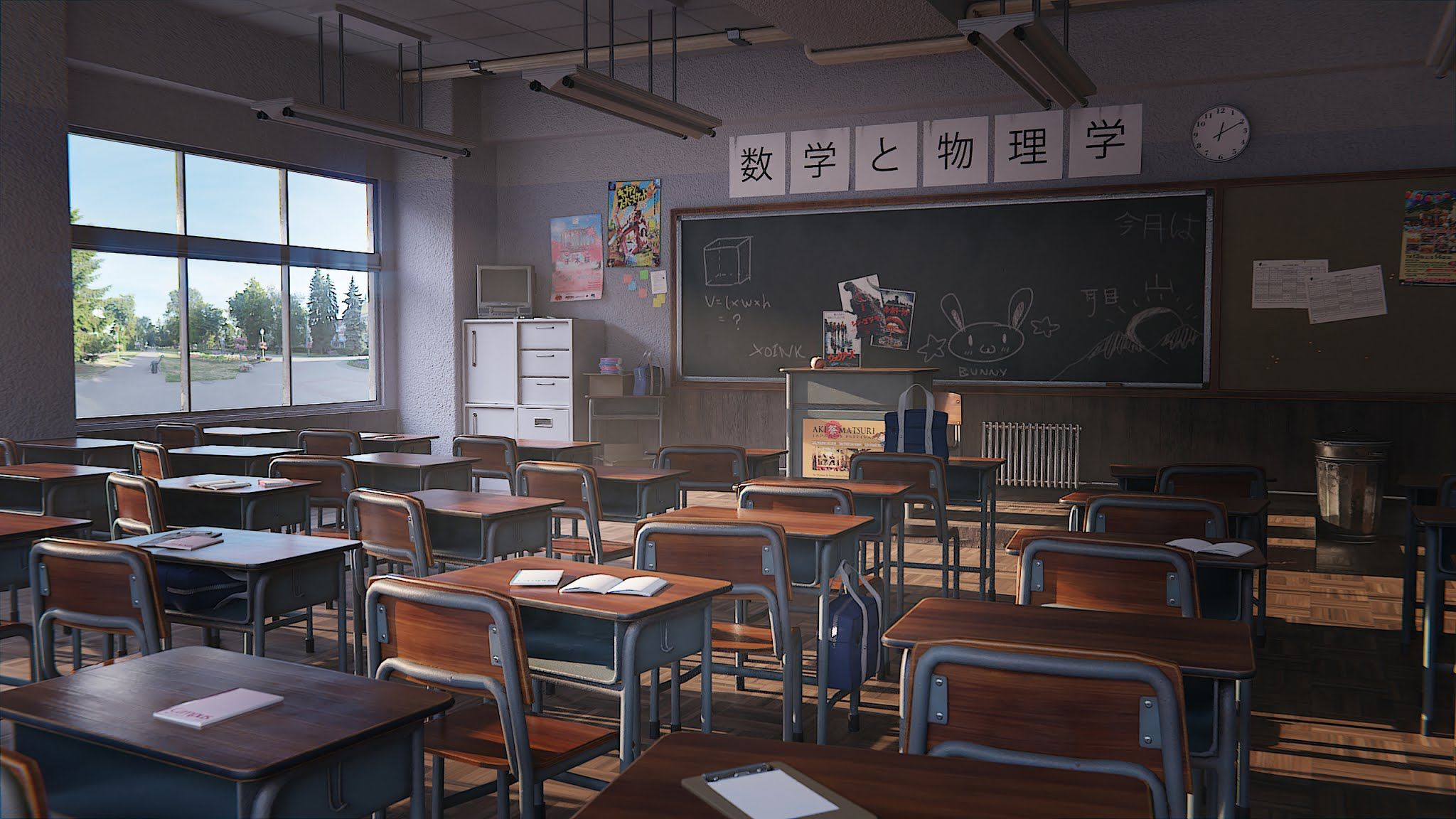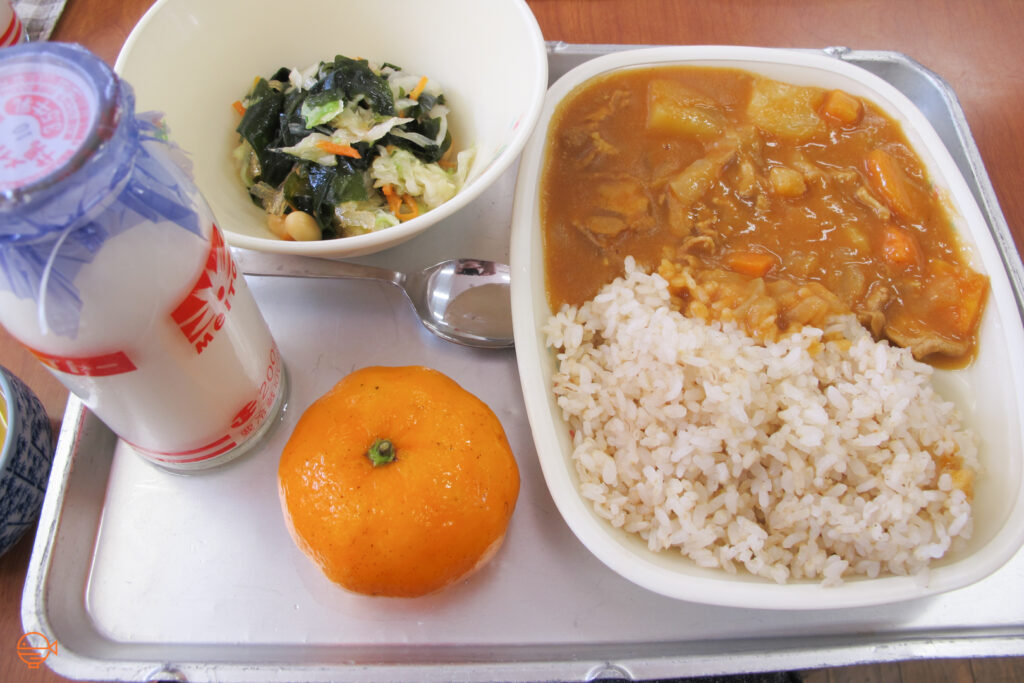
Section 1 : Difference in learning ethic.
The majority of schools in Japan induce a respectable amount of collectivism, while also keeping learning consistent with certain practices, including in high school, where there’s the exercise of keeping the same classmates throughout the years. Japan also follows a procedure where courses are mandatory, and there are not any but, choices for electives are very slim. As such, students are required to accompany this policy, although, there are some course alternatives where students can be privileged into a variety of learning, like STEM education, or outside education excluding from school activity. Fundamentals are applied effectively in Japanese high schools, this can possibly be an influence of Japanese “politeness” and “urbane”. From this, we can compare aspects of western society and identify connections between the government to schools. A lot of high schools in Japan are taught more like a lecture, a lot of studies, but there’s still participation in class. Some visual aspects include, how the course is set up in high schools. There are a plethora of similar features like the organized seats in rows, a front-leading chalkboard, and the teacher’s podium. This leads to the section on school etiquette.
Sections 2 : School etiquette.
An obvious appearance in school etiquette are uniforms (sailor/gakuran). There is a generality in all schools in Japan, bags and shoes vary in the school. While some schools compel students to obtain a certain bag and pair of shoes, other schools allow students to wear anything they choose. Most schools have rigid guidelines about a uniform dress. Bans on cosmetics, nail polish, and shortening skirts are typical regulations. It’s also typical to have hairdo restrictions. For males, hair should be trimmed no longer than 3 cm, and bangs should not extend over the eyebrow level. Again, there is consistency in how classes are set up. Students are directed in a single class before school starts. Then, one teacher is responsible as the homeroom teacher. The connection between students and the teacher is important, and the teacher must conduct the students’ careers. Also, some schools don’t even have janitors, it is impressive that students can clean their own classes effectively. Some are assigned to clean parts of the school, like the hallways, gym, and bathroom. This is a big part of cooperation for students and they acquire a sense of responsibility. This can also be connected to Japan’s cleanliness in general, especially in cities. Also, right before class, there is a small greeting. Attendance is held and a student is responsible for an announcement (like a meeting of some sort). This is key to checking on how well the students are and keeping them updated about news in school. *Greetings are a big thing in Japan, which is why this is applied in school. There are morals between breaks and focus. This proves that you are putting your respect upfront. There is a very high standard of respect for people in higher positions or who are older. Students are required to respect teachers, just as how much teachers respect them. There is importance in Japanese society where working together, and maintaining consistency is a big deal. While there are provided lectures in class, a few select students can also participate in unity field trips, they are responsible for handling their studies independently. There are several more activities like things after-school or applications for clubs. School-wide events can also be held. More Information can be found on this website.
Sections 3 : ランチ。

In Centennial, you’d have to line up in the cafeteria to buy your food. First come first serve, and, you’d get to eat where you want. Well, a lot of Japanese schools including most middle schools and elementary schools have a school-wide class lunch. School provides a meal for each class newly cooked, then a few students are responsible for serving the food to the class. Students get an understanding of the value of fair distribution as well as a sense of politeness and respect for others by serving lunch to their friends. And of course, most foods are served in portions, rather than ordering as much as you want during lunch in Centennial. This teaches students the principle of eating healthy and learning balances of appetite. However, if students decide to not finish up their food, teachers distribute leftovers. This ensures guilt that students do not waste their food, therefore, they’re required to finish until they’re done.
Off-topic Sections 4 : じゃんけん
There is a Japanese equivalent of rock, paper, scissors called “Janken”. Other than saying “Rock, paper, scissors!” you replace that with “Jankenpon!“. The same rules apply. In class, we participated in a janken game where students would play a game of janken with one person. The person who loses will join their side, and the winner continues to play against other groups. The student who is able to beat all groups will be the winner. Two rounds of this janken game were played, and I’d say I was pretty lucky. Sadly, I wasn’t the winner but I think was third to last. This game is pretty fun with fifty or more people!